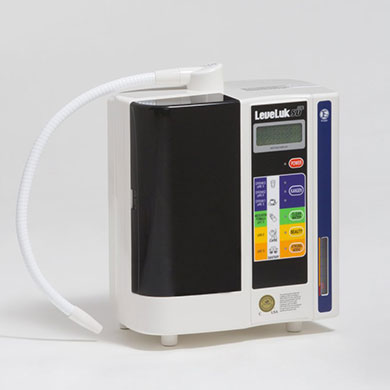
Water, the elixir of life, comes in various forms, and the debate over which type is the healthiest continues to gain momentum. In recent years, Kangen Water has emerged as a popular choice, claiming a myriad of health benefits. But how does it stack up against regular water? Let’s dive into the details and unveil the differences between Kangen Water and regular water.
Understanding Kangen Water: The Basics
Kangen Water is produced by a unique device known as a Kangen Water Machine. This machine transforms tap water through a process called electrolysis, altering the water’s pH level and creating alkaline water. The idea behind Kangen Water is that it provides a range of pH levels, offering users options like alkaline, acidic, and neutral water, each believed to have specific health benefits.
The pH Factor: Alkaline vs. Neutral
One significant difference between Kangen Water and regular water lies in their pH levels. Regular water typically has a neutral pH of 7, while Kangen Water offers alkaline options, often ranging from pH 8.5 to 9.5. Proponents of alkaline water argue that it helps balance the body’s pH, potentially offering health benefits such as improved hydration and neutralization of acid in the bloodstream.
Antioxidant Properties: Kangen’s Unique Selling Point
Kangen Water is lauded for its antioxidant-rich nature. The electrolysis process not only alters the pH but also introduces molecular hydrogen to the water, known for its antioxidant properties. Antioxidants combat free radicals in the body, potentially reducing oxidative stress and inflammation. Regular water, while essential for hydration, lacks this added antioxidant boost.
Taste and Texture: A Unique Experience
Many users report that Kangen Water has a smoother, silkier texture compared to regular water. This subjective difference in mouthfeel could be attributed to the altered mineral content and ionization achieved through the Kangen Water Machine. Some find the taste of Kangen Water more palatable, making it a preferred choice for daily hydration.
Hydration Efficiency: Absorption Matters
Proponents of Kangen Water often claim that its molecular structure allows for better absorption by the body, leading to more efficient hydration. While regular water is universally recognized as a vital component of staying hydrated, Kangen Water enthusiasts argue that its unique properties facilitate quicker and more effective absorption at the cellular level.
Cost Considerations: Kangen Water Machine Investment
It’s essential to address the financial aspect when comparing Kangen Water to regular water. Investing in a Kangen Water Machine represents a significant upfront cost, but advocates argue that the long-term health benefits outweigh the initial expense. Regular water, on the other hand, is readily available and typically more cost-effective.
Environmental Impact: Bottled Water vs. Kangen Machine
The environmental impact is a crucial factor in today’s eco-conscious world. Regular water, especially when consumed from single-use plastic bottles, contributes to pollution. Kangen Water, produced at home using a machine, eliminates the need for single-use plastic and reduces the carbon footprint associated with bottled water consumption.
Conclusion: Making the Right Choice for You
In the Kangen Water vs. Regular Water debate, the choice ultimately depends on individual preferences, health goals, and budget considerations. Kangen Water enthusiasts praise its alkaline nature, antioxidant properties, and potential health benefits. Meanwhile, regular water remains a universally recognized and essential element of a healthy lifestyle.
Whether you opt for the alkaline boost of Kangen Water or stick to the simplicity of regular water, staying hydrated is key to overall well-being. Consider your health goals, taste preferences, and environmental concerns when making your choice. Ultimately, both Kangen Water and regular water play a vital role in supporting a healthy and hydrated life.